Disclosure: This article contains affiliate links. We may earn a commission from purchases at no extra cost to you, which helps our travel content.
The azure waters of the Gulf of Guinea lapped gently against my borrowed fishing boat as I approached Malabo's harbor. After three decades studying the Great Lakes ecosystem, I've developed a sixth sense for coastal cities with untold culinary treasures. Equatorial Guinea's capital—a place where Spanish colonial history collides with West African traditions and seafood practically leaps from ocean to plate—had been calling to me like a siren song across the Atlantic. What I discovered over one remarkable weekend was a gastronomic revelation that few travelers have documented, a culinary current I felt compelled to navigate and share with my 'Floating World' listeners.
Navigating Malabo's Mercado Central
Every meaningful culinary expedition begins at the source, and in Malabo, all gastronomic roads lead to the Mercado Central. Unlike the tourist-friendly markets I've documented across Europe, this bustling marketplace remains delightfully authentic—a working hub where locals outumber visitors twenty to one.
I arrived at dawn, when fishermen were still unloading their overnight catches. Barracuda, red snapper, and enormous African threadfin lay glistening on beds of crushed ice, their scales catching the early morning light like aquatic jewels. The vendors, predominantly women dressed in vibrant wax-print fabrics, called out in rapid Spanish and Fang as I navigated the narrow pathways.
'You must try our malanga,' insisted a woman named Esperanza, holding up a starchy tuber I recognized from my travels in the Caribbean. 'And this—ñame—makes the best fufu.' She gestured toward mountain-like piles of yams that would later be pounded into the starchy accompaniment that anchors many Equatoguinean meals.
When documenting market sounds for my podcast, I've learned that my trusty portable recorder captures the authentic ambiance without being obtrusive. The soundscape of Malabo's market—vendors calling, fish being scaled, the rhythmic chopping of cassava leaves—tells as much of a culinary story as the ingredients themselves.

💡 Pro Tips
- Visit the market between 6-8am to see the freshest seafood being unloaded
- Bring small Euro notes or Central African CFA francs—vendors rarely have change
- Ask permission before photographing vendors or their goods
Seafood & Spanish Colonial Echoes
Malabo's position as an island capital creates a perfect confluence of maritime bounty and colonial culinary influence. At Restaurante El Colmado, housed in a whitewashed Spanish colonial building with peeling blue shutters, I found myself transported to Madrid—albeit a Madrid perfumed with tropical blossoms and equatorial humidity.
Chef Antonio, a third-generation Equatoguinean with Spanish grandparents, prepared what he called 'cocina de fusión'—fusion cuisine that predates the trendy term by centuries. His paella negra incorporated local cuttlefish ink so intensely black it seemed to absorb light, while the rice maintained a distinct bite that would impress even Valencia's most discerning paella purists.
'We don't call this fusion,' Antonio explained, sliding a plate of gambas al ajillo (garlic shrimp) before me, the prawns nearly twice the size I'd seen in Spain. 'This is simply our food now.'
The colonial architecture provides natural air conditioning in Malabo's perpetual heat, but I was grateful for my cooling towel between courses. Simply soaking it in water kept me comfortable during my culinary marathon—a practical necessity when sampling rich dishes in equatorial heat.
The meal's highlight arrived in the form of calulu, a stew Antonio's grandmother adapted from Portuguese Angola, featuring smoked fish, palm oil, and okra in a harmony of flavors that spoke to centuries of cultural exchange along Africa's Atlantic coast.
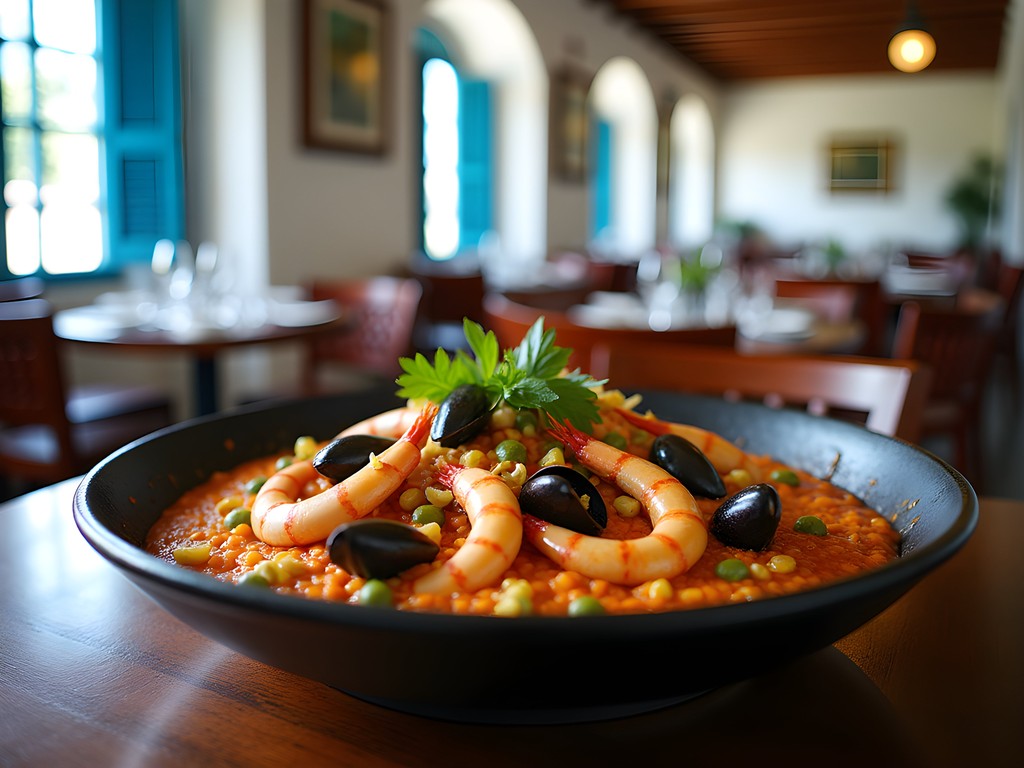
💡 Pro Tips
- Reserve El Colmado a day in advance—their eight tables fill quickly
- Request a table on the colonial-era balcony for harbor views
- Order the house-made sangria infused with tropical fruits
Bush Meat & Traditional Fare
My marine biology background has always drawn me to coastal cuisines, but understanding a culture's food requires venturing inland—metaphorically if not literally. At Restaurante La Mama, tucked away on a residential street where chickens roamed freely, I encountered Equatorial Guinea's terrestrial flavors.
The restaurant itself defies conventional definitions—more a family compound where matriarch Mama Teresa prepares whatever the day provides. Seating consists of plastic chairs under a mango tree, and the menu exists only in Mama's head. When I arrived, she assessed me with a practiced eye and nodded, as if determining what my palate could handle.
'American?' she asked. When I nodded, she disappeared into her kitchen, returning with a wooden bowl of sopa de cacahuete—peanut soup with chicken that provided immediate comfort despite the tropical heat.
What followed was a culinary education: pepesoup (spicy meat stew), bambucha (fermented cassava dough), and various bush meats including antelope and porcupine. While my conservation ethics generally steer me toward sustainable seafood, I recognize the cultural importance of traditional hunting in many societies I visit.
For recording my culinary observations discreetly, my smart pen has proven invaluable. It allows me to jot notes in my waterproof notebook while simultaneously recording audio—perfect for capturing Mama Teresa's rapid-fire cooking instructions that I later translated for my podcast listeners.
The meal concluded with akwadu—plantains mashed with palm oil, coconut, and sugar—a dessert so simple yet profound I immediately requested the recipe for my floating kitchen.
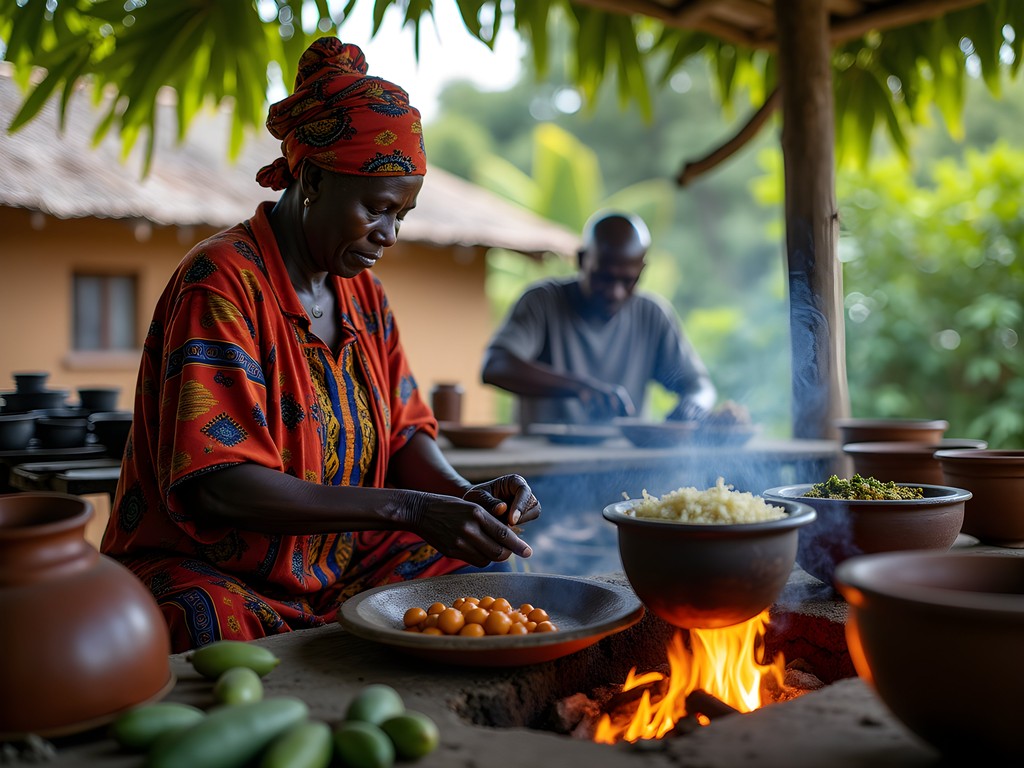
💡 Pro Tips
- Ask locals for directions—La Mama has no signage or official address
- Bring a small gift when visiting family restaurants—I brought Wisconsin maple syrup
- Be prepared to eat what's served; there are no menu choices
Modern Malabo: Cacao, Coffee & Craft Cocktails
Not all of Malabo's culinary landscape is traditional. The oil boom of recent decades has created a small but significant cosmopolitan scene where Equatoguinean ingredients meet international techniques. At Café Malabo, situated in a renovated colonial building near the presidential palace, I discovered the country's emerging coffee and chocolate culture.
'We were once one of the world's largest cacao producers,' explained barista and chocolatier David Nvono, as he prepared my café con chocolate—espresso infused with house-made chocolate from beans grown in the country's Monte Alén region. 'Now we're reclaiming that heritage, but processing it here rather than exporting raw materials.'
The café's signature creation—bioko bonbons named after the island—features chocolate shells filled with coffee-infused ganache and hints of cayenne pepper. The complexity rivals Belgian creations I've sampled across Europe, but with distinctly African flavor notes.
Later that evening, at the rooftop bar of Hotel Sofitel Malabo, I watched the sunset paint the Gulf of Guinea while sampling cocktails incorporating local ingredients. The 'Ceiba Sunset'—named after Equatorial Guinea's national tree—blended local rum with bitter kola nut tincture and hibiscus syrup.
For travelers seeking to bring home flavors of their journeys, I recommend a quality vacuum insulated container. Mine has transported everything from Scandinavian aquavit to, now, Equatoguinean chocolate-coffee concentrate, maintaining flavors perfectly despite temperature fluctuations during travel.
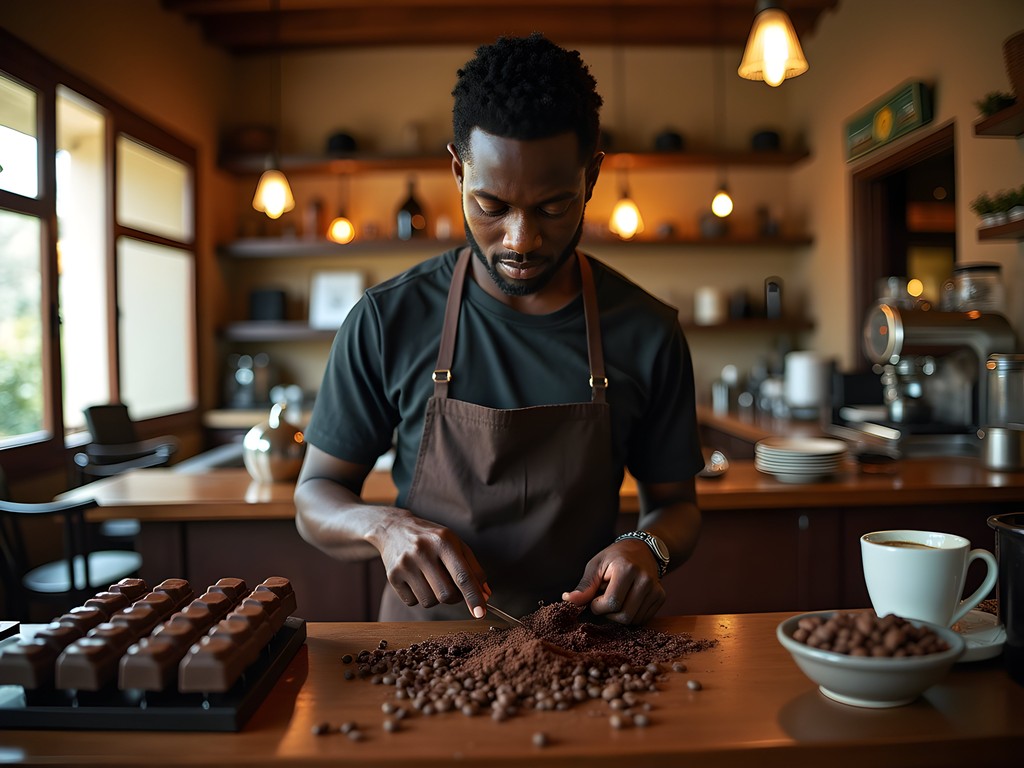
💡 Pro Tips
- Visit Café Malabo on weekday mornings to catch David's chocolate-making demonstrations
- Purchase single-origin chocolate bars as gifts—they're vacuum-sealed for travel
- Try the 'Ceiba Sunset' at Sofitel's rooftop bar during actual sunset (6:30-7:00pm year-round)
Sourcing Like a Local: Markets & Home Cooking
My most authentic culinary experiences invariably come from temporary kitchens I establish while traveling. In Malabo, I was fortunate to rent an apartment with a small cooking space, allowing me to play with ingredients from the markets and create my own interpretations of local flavors.
The fish market near the port offers the day's catch around 4pm, when boats return from shorter daytime expeditions. Here I purchased red snapper so fresh its eyes were crystalline, along with tiny, intensely flavored prawns that locals call gambas salvajes—wild shrimp.
For produce, I ventured to the smaller neighborhood markets where prices are lower and selection more diverse than the central market. At one such market in the Caracolas district, I found bundles of bitter leaf, cassava greens, and tiny red peppers that local cooks use with surgical precision—a single pepper flavoring an entire pot.
'You must cook the greens with palm oil,' insisted a grandmother who took pity on my obvious foreignness, demonstrating the proper technique of washing bitter leaves multiple times to reduce their astringency. She sold me a bottle of homemade palm oil that glowed a deep orange-red, putting commercial versions to shame.
For travelers who enjoy cooking while abroad, I've found my travel spice kit indispensable. These magnetic tins allow me to purchase small amounts of local spices—in Malabo's case, grains of paradise, alligator pepper, and dried crayfish powder—and transport them safely for future culinary experiments aboard my houseboat.
My makeshift Malabo kitchen produced a hybrid creation: red snapper steamed in banana leaves with local bitter greens and a sauce incorporating elements of Spanish sofrito with West African pepper complexity. Not traditional by any measure, but a personal souvenir more meaningful than any trinket.
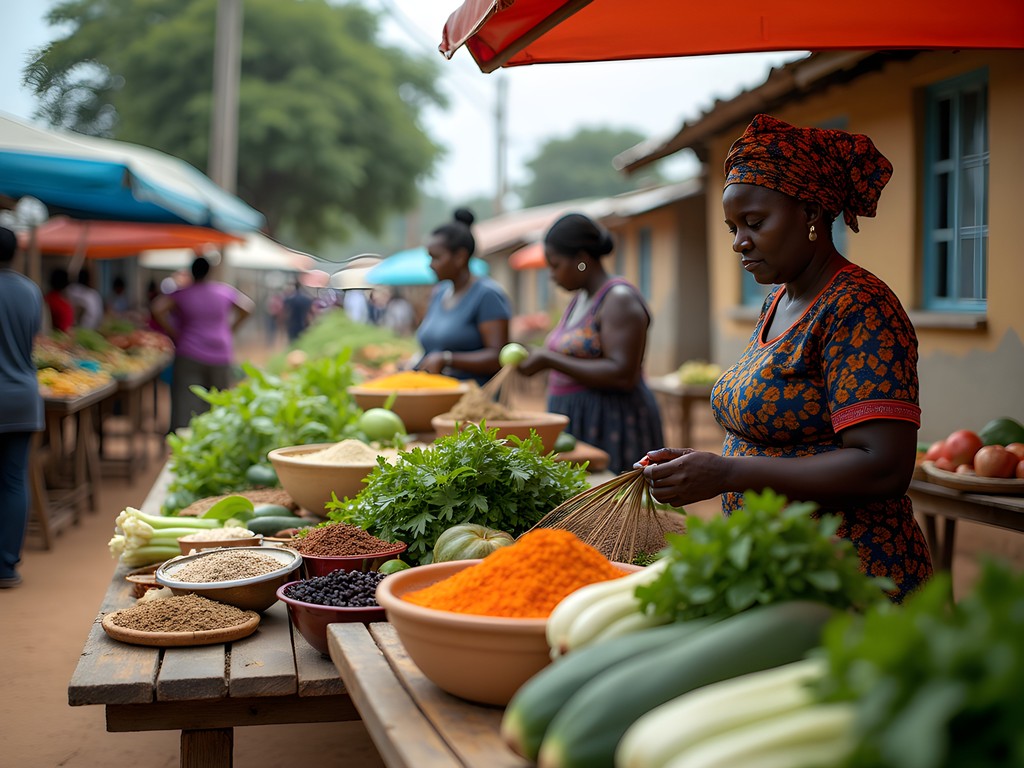
💡 Pro Tips
- Visit neighborhood markets with small denominations of CFA francs—prices are better than in tourist areas
- Look for palm oil sold in repurposed whiskey bottles—it's fresher than commercial versions
- Ask permission before taking cooking advice from locals; then listen carefully—their techniques are refined over generations
Final Thoughts
As my borrowed fishing boat pulled away from Malabo's harbor three days later, the city's flavors lingered—not just on my palate, but in my recorded notes, photographs, and the collection of spices nestled in my travel kit. Equatorial Guinea remains one of Africa's least-visited nations, its cuisine largely undocumented in the culinary travel sphere. Yet within this obscurity lies the magic: dishes unaltered for international palates, cooking techniques preserved through generations, and flavors that tell the complex story of colonial influence, indigenous traditions, and the eternal bounty of the Gulf of Guinea.
For the culinary explorer willing to venture beyond established foodie destinations, Malabo offers a rare authenticity. The Spanish colonial echoes blend seamlessly with West African traditions, creating a cuisine that defies simple categorization—much like the waters I've studied throughout my career, where currents converge to create zones of extraordinary biodiversity.
As I navigate my floating home back toward European waters, I carry Malabo's culinary lessons with me: the patience required for properly prepared bitter leaf, the precision of intensely flavored peppers, and the generous spirit of cooks like Mama Teresa who preserve culinary heritage not in written recipes, but in the practiced movements of hands that have prepared the same dishes for decades. This is the true souvenir of thoughtful culinary travel—not just tasting a place, but learning to recreate its essence wherever the currents may take you.
✨ Key Takeaways
- Malabo's cuisine represents a unique fusion of Spanish colonial influence and West African traditions
- Morning fish markets and neighborhood produce vendors offer the most authentic ingredients and cultural interactions
- Family-run restaurants without menus often provide the most genuine culinary experiences
- The emerging craft chocolate and coffee scene showcases Equatorial Guinea reclaiming its agricultural heritage
📋 Practical Information
Best Time to Visit
year-round (temperatures remain consistent at 24-30°C/75-86°F)
Budget Estimate
$50-100 USD per day excluding accommodations
Recommended Duration
3-4 days
Difficulty Level
Advanced (Limited Tourism Infrastructure, Spanish/french Language Helpful)
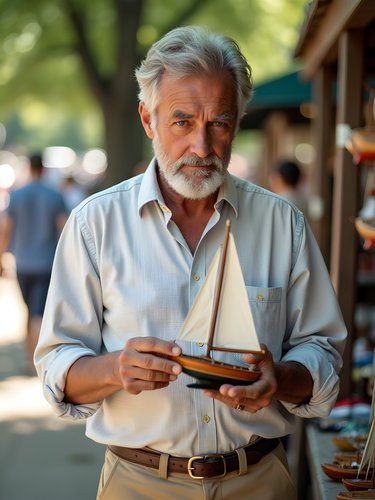
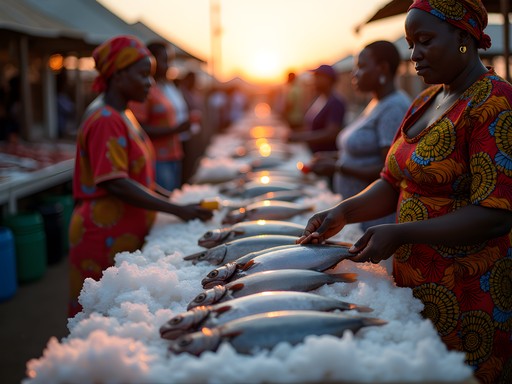
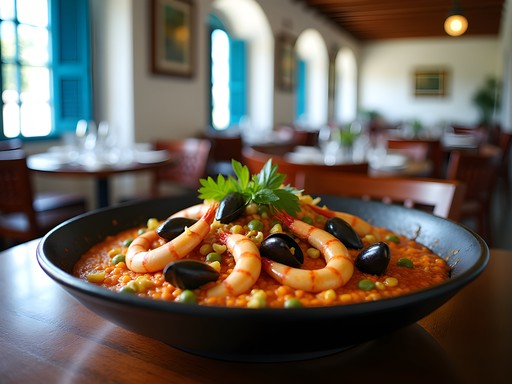
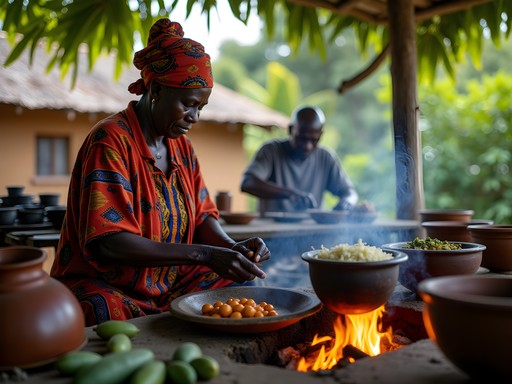

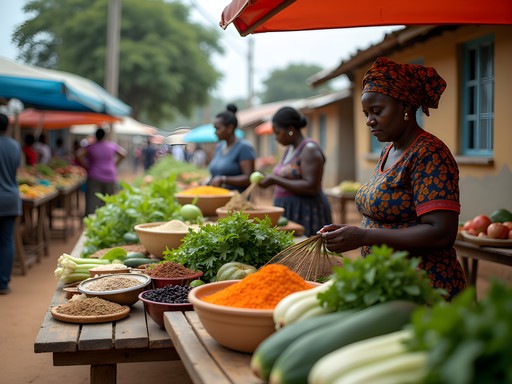






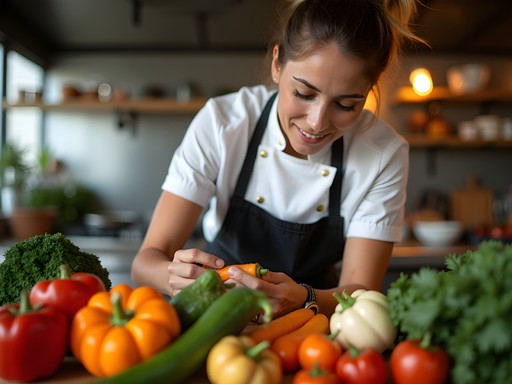

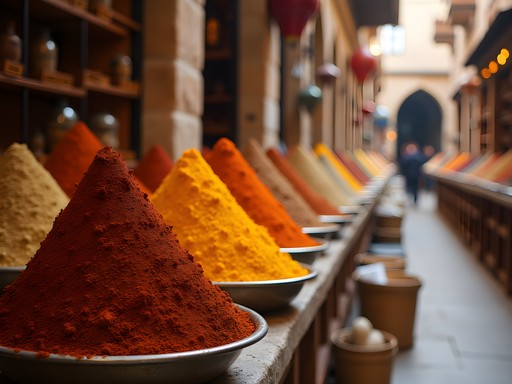
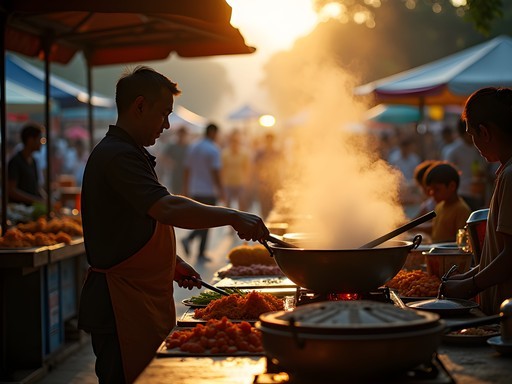
Comments
beachguy
Those seafood pics are making me hungry! Putting Malabo on my bucket list just for the food!
Taylor Moreau
Michael, thank you for this fascinating culinary journey through Malabo. I was there last year for a conference and can confirm that the seafood is exceptional - particularly the grilled barracuda you mentioned. However, I found the bureaucracy challenging; obtaining a visa was quite the ordeal even with my business connections. For anyone planning to visit, I recommend arranging everything well in advance and carrying your travel insurance documentation at all times, as officials often request to see it. The cacao-infused cocktails at Hotel 3 de Agosto were indeed remarkable - a perfect representation of how Malabo blends colonial influences with indigenous ingredients. Did you get a chance to try the palm wine outside the city? That was a highlight for me.
triplover
Thanks for the visa tip, Taylor! Did you need any special vaccinations before going?
Taylor Moreau
Yes, Yellow Fever vaccination is mandatory, and they do check the certificate upon arrival. I also got typhoid and updated my routine vaccinations beforehand.
triplover
Great post! I've always been curious about Equatorial Guinea. How safe did you feel wandering around Malabo's markets? I've heard mixed things about safety for tourists there.
bluerider
Yeah I'm wondering about safety too. My friend went last year and said it was fine with a local guide.
bluerider
Never seen a blog about Equatorial Guinea before! Sounds like an adventure.
Taylor Moreau
Exactly what I thought! Such an underrepresented destination in travel media.
Claire Hawkins
What a beautiful culinary portrait of Malabo! I took my family there last spring, and my children still talk about the chocolate experiences. The legacy of cacao production there is so fascinating, especially how it connects to Spanish colonial history. We found this lovely little café near the cathedral that served the most amazing hot chocolate with cinnamon and a hint of chili - my 8-year-old declared it "the best thing I've ever tasted in my whole life!" If anyone's planning a trip with kids, I highly recommend bringing a good insect repellent - we used jungle spray which worked wonders in the humid climate. Michael, did you get a chance to visit any of the cacao plantations outside the city?
winterguy
This is so cool! Did you try any bush meat? Is it ethical for tourists to eat it? Planning a trip to West Africa next year and trying to figure out what I should/shouldn't eat.
globestar
Not the author but when I was in that region, I was advised to avoid bush meat due to conservation concerns and potential health risks. Stick with the amazing seafood instead!
winterguy
Thanks for the tip! Seafood it is then!
Sophia Gomez
Michael, your approach to food exploration is so refreshing! I was in Malabo last year for a business conference and completely missed the Mercado Central. Big regret! I did try some amazing fish stews though - that pepper sauce they use is no joke! Did you get a chance to try any of the palm wine? The locals insisted I try it at a small gathering and while it's definitely an acquired taste, it was such an authentic experience. Your fishing boat entrance to the city sounds magical compared to my boring airport transfer!
beachguy
The palm wine is wild! Had it once and couldn't feel my face for an hour lol
dreamadventurer6209
Wow, never thought of Equatorial Guinea as a foodie destination! Those seafood dishes sound incredible.
Sophia Gomez
Right? I was thinking the same thing! The blend of Spanish colonial influence with local ingredients is fascinating.
BeachLover45
That picture of the grilled barracuda made my mouth water! Beautiful shots.
smartseeker
We took those shared taxis around Malabo last year and they were super cheap! Just gotta be ok with being squished lol. The Mercado Central was intense but worth it for the fresh fish.
smartseeker
Yes! Brought some home as gifts. It's super rich and dark. Not like the sweet stuff we're used to but really good!
FoodieTravels
Did you try the chocolate? I heard their cacao is amazing but rarely exported.
Venture X
Premium card with 2X miles, $300 travel credit, Priority Pass